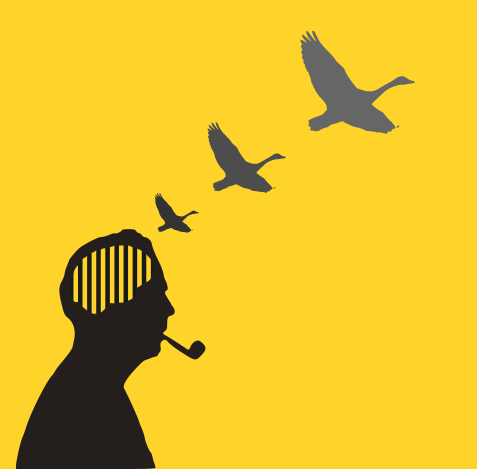Just as the historical Renaissance, Reformation, and Enlightenment spread to enrich and reorganize wider society, today’s Psychedelic Renaissance (Sessa 2012) shows promise of enriching and reorganizing ours. I find it handy to think of the wider Psychedelic Renaissance as a 4-stage process. Each stage does not replace its predecessors; its roots grow from its predecessors and builds on them.
The medical-neuroscience stage predominates now. Advances at medical schools, biology labs, and clinics mark this stage. With mystical experiences often the main variable in healing and in changed attitudes toward self and others, this stage naturally leads to …
The spiritual-religious stage is characterized by the contributions of psychedelics as an aid on spiritual paths. As 21st Century research shows, it’s possible to experimentally study spirituality, meaningfulness, altruism, sense of well-being, social relations, textual interpretation, motivation, the origins and history of religion, and much more. These topics are not only spiritual ones, but lead us into the humanities and social sciences, giving rise to …
The intellectual-artistic stage. Psychedelics make experimental humanities possible, offer new theories for psychocriticism, inspire the arts, start new lines of social science research, and ¾even using psychedelics as research methods ¾offer to invent new intellectual paradigms. Together they reinvent numerous academic fields, orchestrating “Psychedemia” as Prof. Nese Devenot named it. But a natural question arises; “Besides cannabis, psychedelics, and other psychoactive substances, are there other non-drug ways of exploring and empowering our minds? The “yes” answer moves us to …
The multistate-mindapp stage. When we look closely at cannabis, psychedelics, and other psychoactive substances, a larger question emerges: Are there non-drug ways of altering consciousness too? We need a theory that encompasses all forms of mindbody variation. Multistate Theory recognizes that any complete study of our minds must include all the mind’s variations, not just our ordinary default state. As summarized in The Psychedelic Future of the Mind (Roberts 2013) Multistate Theory recognizes that psychoactive plants and chemicals have hundreds of multistate nondrug relatives. Their cousins include the many types of yoga, chanting, breathing routines, martial arts, contemplative prayer, meditation, sensory overload and isolation, biofeedback and neurofeedback, and a host of brain-based techniques among others.
Mindapps. I coined mindapp because it analogizes to apps for electronic devices. When we install apps in devices, the apps add functions; when we install mindapps in our minds, we add functions. And just as people are writing a vast number of digital apps, mindapp designers can invent new mindapps, thus, inventing new ways to use our minds. From a multistate perspective, the human mind is a work in progress, and mindapps are tools for its construction.
Toward the Future
I have little doubt that this is the springtime of the Psychedelic Renaissance. The medical-neuroscience stage is leafing out. The spiritual-religion stage is sprouting. The intellectual-artistic stage is emerging. But what about the multistate-mindapp stage? The mindapp seeds of the Psychedelic Renaissance are being sown throughout our wider culture, but at this time, it’s hard to say which ones will bear fruit and which will be weeds. Psychedelics and other mindapps open vast opportunities for current and future mind-designers.
***
References
Sessa, B. 2012. The Psychedelic Renaissance: Reassessing the Role of Psychedelic
Drugs in 21st Century Psychiatry and Society. London: Muswell Hill Press.
Roberts, T. B. 2013. The Psychedelic Future of the Mind. Rochester, VT: Park Street
Press.











